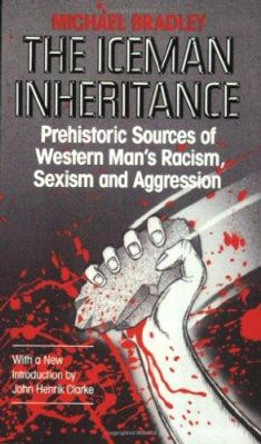Because of the sheer volume of industrial debris and the limited information it yields, quarries are challenging archaeological subjects. Michael J. Shott tackles this challenge in a study of flakes and preforms from the Modena and Tempiute obsidian quarries of North America's Great Basin. Using new statistical methods combined with experimental controls and mass analysis, Shott extracts detailed information from debris assemblages, and parses them by successive 'stages' of reduction continua. The book also reports the first test of the behavioral ecology field-processing model that treats quarry biface production in continuous terms, and estimates the production efficiency of prehistoric Great Basin knappers. After mapping and interpreting the abundance and distribution of quarry products, Shott concludes by charting future lines of research in the analysis of large toolstone sources. Whatever area of the world and technological traditions they research, lithic analysts will learn much from this book's approach to complex archaeological deposits and their constituent artifacts.
About the AuthorMichael J. Shott is professor emeritus in the Department of Anthropology at the University of Akron. His research focuses on stone-tool analysis and how the archaeological record formed, based on fieldwork in the American midcontinent, Great Basin, Mexico, and South America. He has authored four monographs, including
Pottery Ethnoarchaeology in the MichoacAn Sierra, and has edited four volumes, including
Works in Stone: Contemporary Perspectives on Lithic Analysis.
Book InformationISBN 9781647690106
Author Michael J. ShottFormat Hardback
Page Count 328
Imprint University of Utah Press,U.S.Publisher University of Utah Press,U.S.
Weight(grams) 790g








